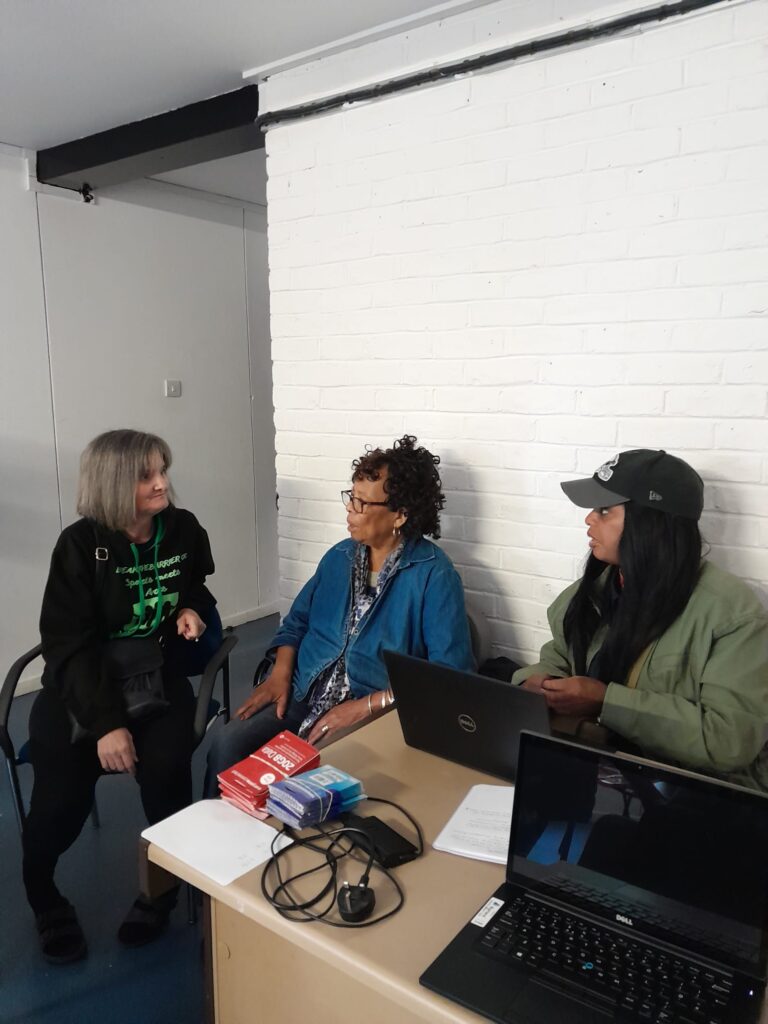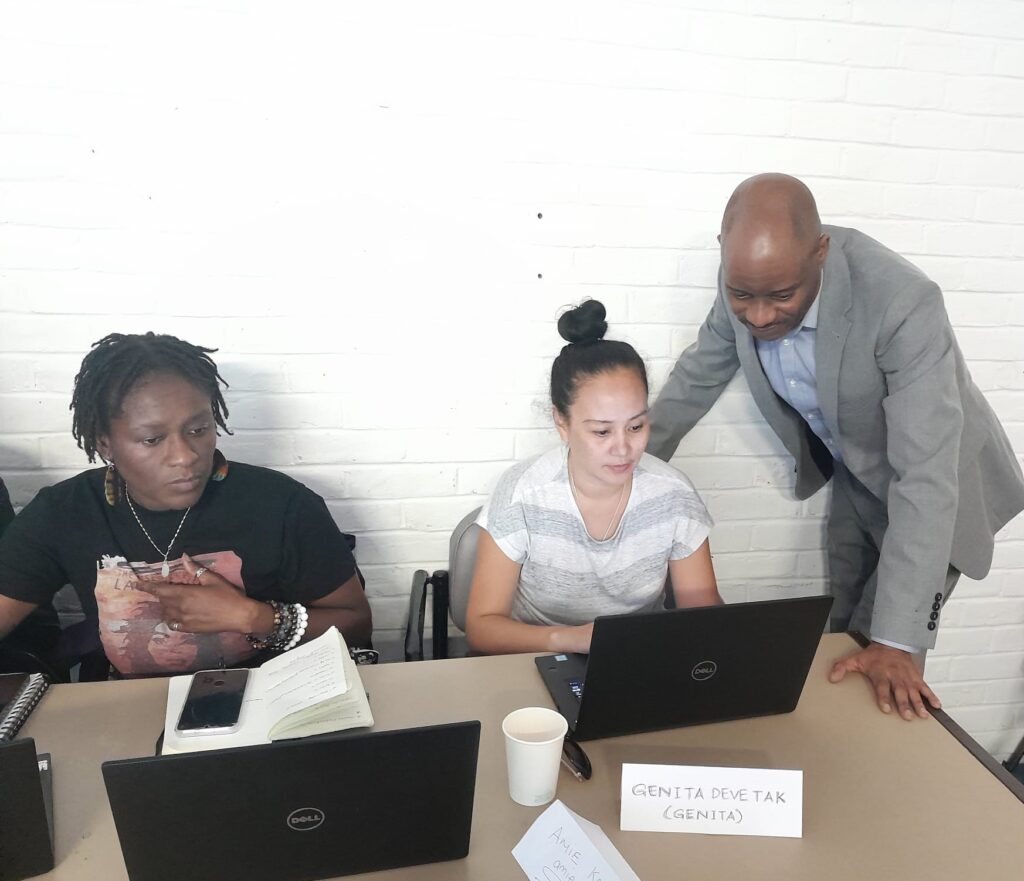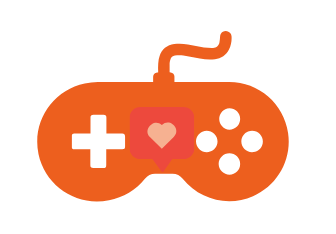Unveiling User Perspectives through Focus Groups and Usability Testing
Welcome to our latest update! In this edition, we dive into the world of user research with a closer look at two essential methods: Focus Groups and Usability Testing. Discover how these techniques unlock valuable insights into user perspectives and help refine the user experience of tech products. Let’s explore the power of understanding user opinions and improving usability. Read on!
A focus group is a qualitative research method in which a small, diverse group of participants (usually 6-12 people) is brought together to discuss a specific topic, product, or concept in a structured, facilitated discussion. The purpose of a focus group is to gather insights, opinions, and perceptions from participants about the subject under discussion. It is often used to explore people’s attitudes, beliefs, and feelings, as well as to generate ideas and uncover issues related to a particular topic.
Usability testing, on the other hand, is a method used to evaluate the user-friendliness and effectiveness of a product, typically a software application, website, or device. Usability testing involves having participants (usually individual users) perform specific tasks using the product while their interactions and feedback are observed and recorded. The primary goal is to identify usability issues, such as difficulties in navigation, user interface design, and task completion, in order to improve the product’s overall user experience.


In some cases, a combination of both methods may offer the most comprehensive insights into tech use.
User Research Methods
Focus groups and usability testing are both valuable methods for collecting data about tech use, but they serve different purposes and have distinct advantages. Here’s a comparison of the two:
Focus Groups:
- Diverse Perspectives: Focus groups are excellent for gathering diverse opinions and insights. They bring together a small group of participants who can discuss their experiences, preferences, and attitudes regarding tech use.
- Idea Generation: They can be instrumental in generating new ideas and understanding the broader context in which technology is used. Participants can share their thoughts and brainstorm solutions.
- Perceptions and Feelings: Focus groups are useful for exploring participants’ perceptions, feelings, and social dynamics related to technology. This is especially valuable for understanding the emotional aspects of tech use.
- Cost-Effective: They are generally cost-effective compared to usability testing, as they involve fewer participants and can uncover a wide range of issues in a single session.
Usability Testing:
- Task-Oriented: Usability testing is task-oriented and focuses on how users interact with technology to complete specific tasks. It provides detailed insights into the user experience and identifies usability issues.
- Objective Data: Usability testing collects objective data, often through observations and metrics like task completion times and error rates. This data is valuable for making concrete improvements to the technology.
- Identification of Usability Issues: It is highly effective at identifying usability problems and bottlenecks in the user interface. This is critical for refining the user experience and optimizing tech use.
- Iterative Improvement: Usability testing is well-suited for iterative design and development. It provides actionable feedback that can be used to make incremental enhancements to a tech product.
Focus groups are best for gathering qualitative data on user opinions, perceptions, and social dynamics related to tech use. They are excellent for idea generation and understanding the broader context. Usability testing, on the other hand, is task-oriented and provides objective, quantitative data on how users interact with technology. It excels at identifying usability issues and supporting iterative improvements.
Both methods are valuable for different research objectives and can provide valuable information for product development and decision-making.
The choice between focus groups and usability testing depends on your research goals. If you want to understand user opinions and experiences broadly, focus groups are a good choice. If you’re focused on identifying and solving specific usability problems, usability testing is more appropriate. In some cases, a combination of both methods may offer the most comprehensive insights into tech use.


